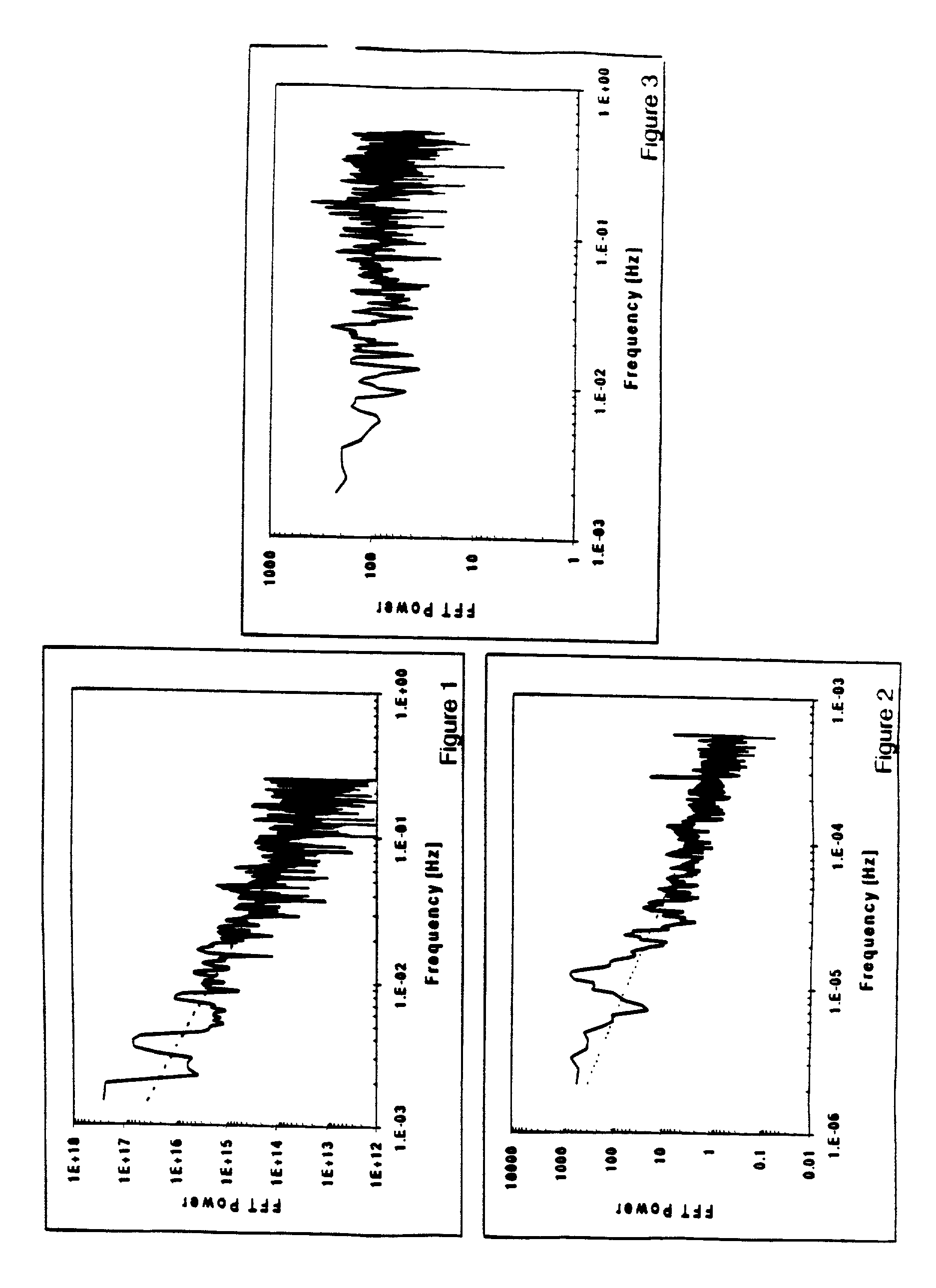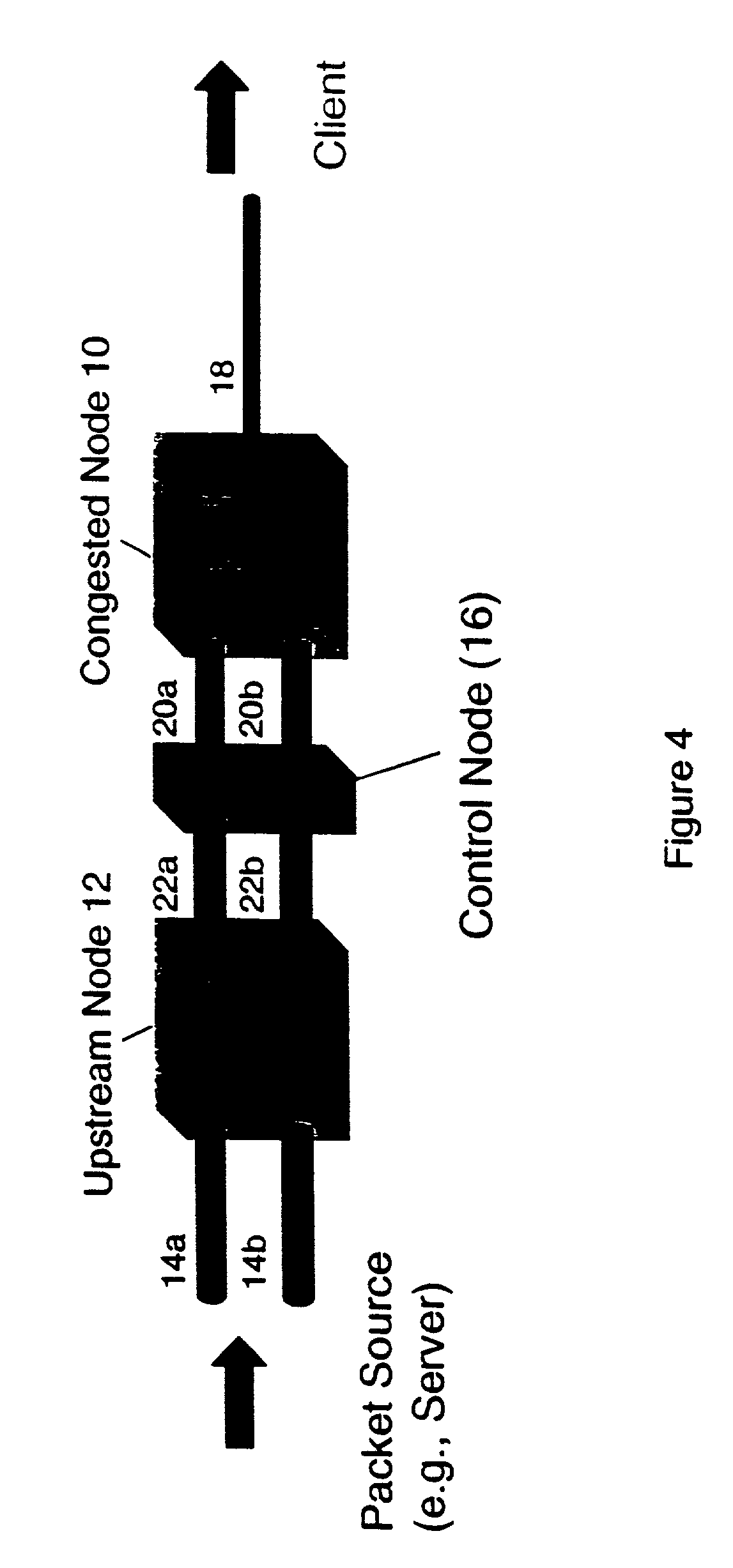Method for reducing fetch time in a congested communication network
a communication network and fetch time technology, applied in the field of congestion control/avoidance in communication networks, can solve problems such as inability to achieve, increase the load on the network,
- Summary
- Abstract
- Description
- Claims
- Application Information
AI Technical Summary
Benefits of technology
Problems solved by technology
Method used
Image
Examples
Embodiment Construction
[0030]A scheme for decreasing packet loss thereby increasing traffic flow in a computer network, such as the Internet, is disclosed herein. Although discussed with reference to certain illustrated embodiments, upon review of this specification, those of ordinary skill in the art will recognize that the present scheme may find application in a variety of systems. Therefore, in the following description the illustrated embodiments should be regarded as exemplary only and should not be deemed to be limiting in scope. It should also be noted that as used herein the term “packet” is meant to broadly refer to packets, cells and other forms of information units used to transport data and / or control information within communications infrastructures (e.g., computer networks, telecommunications networks, data communication networks and the like, for example, the Internet) wherein resources are shared among multiple users and multiple information or traffic streams.
[0031]Existing congestion co...
PUM
 Login to View More
Login to View More Abstract
Description
Claims
Application Information
 Login to View More
Login to View More - R&D
- Intellectual Property
- Life Sciences
- Materials
- Tech Scout
- Unparalleled Data Quality
- Higher Quality Content
- 60% Fewer Hallucinations
Browse by: Latest US Patents, China's latest patents, Technical Efficacy Thesaurus, Application Domain, Technology Topic, Popular Technical Reports.
© 2025 PatSnap. All rights reserved.Legal|Privacy policy|Modern Slavery Act Transparency Statement|Sitemap|About US| Contact US: help@patsnap.com



